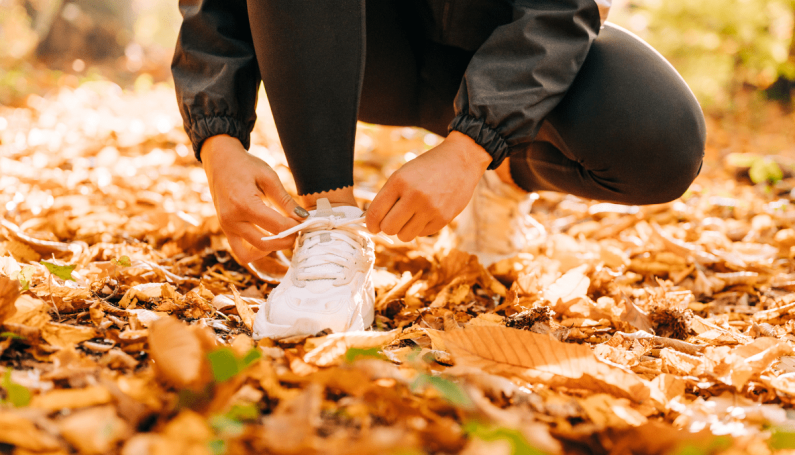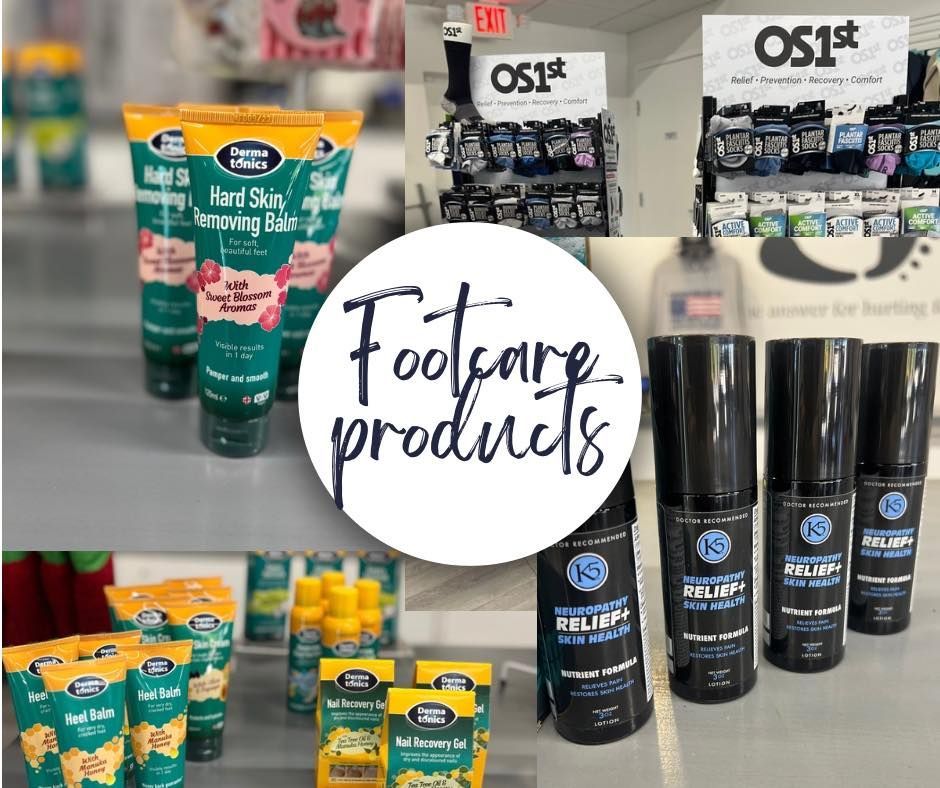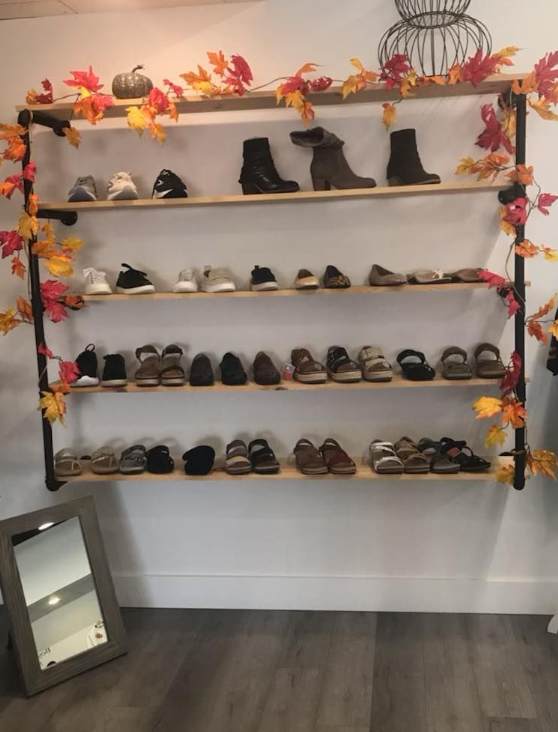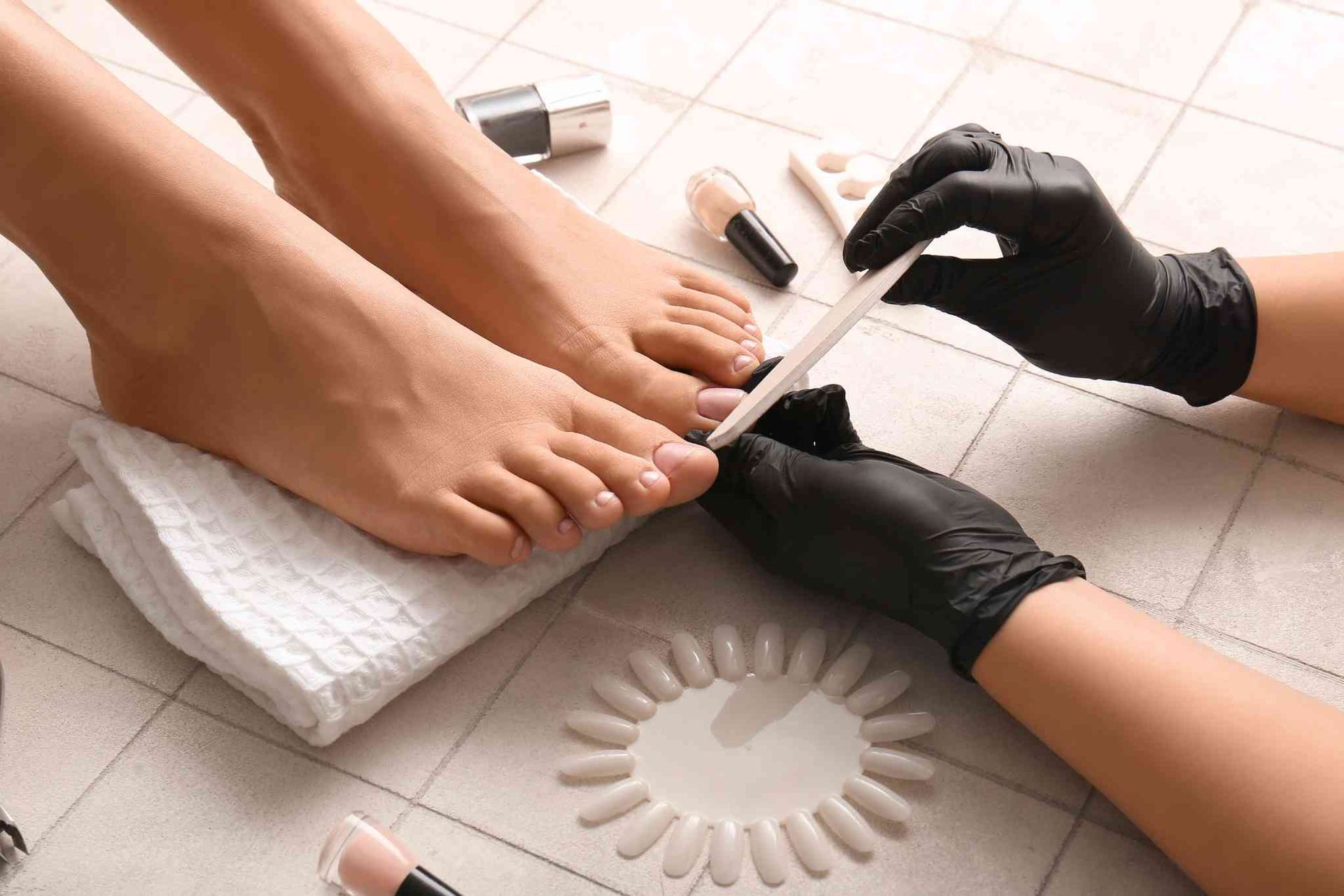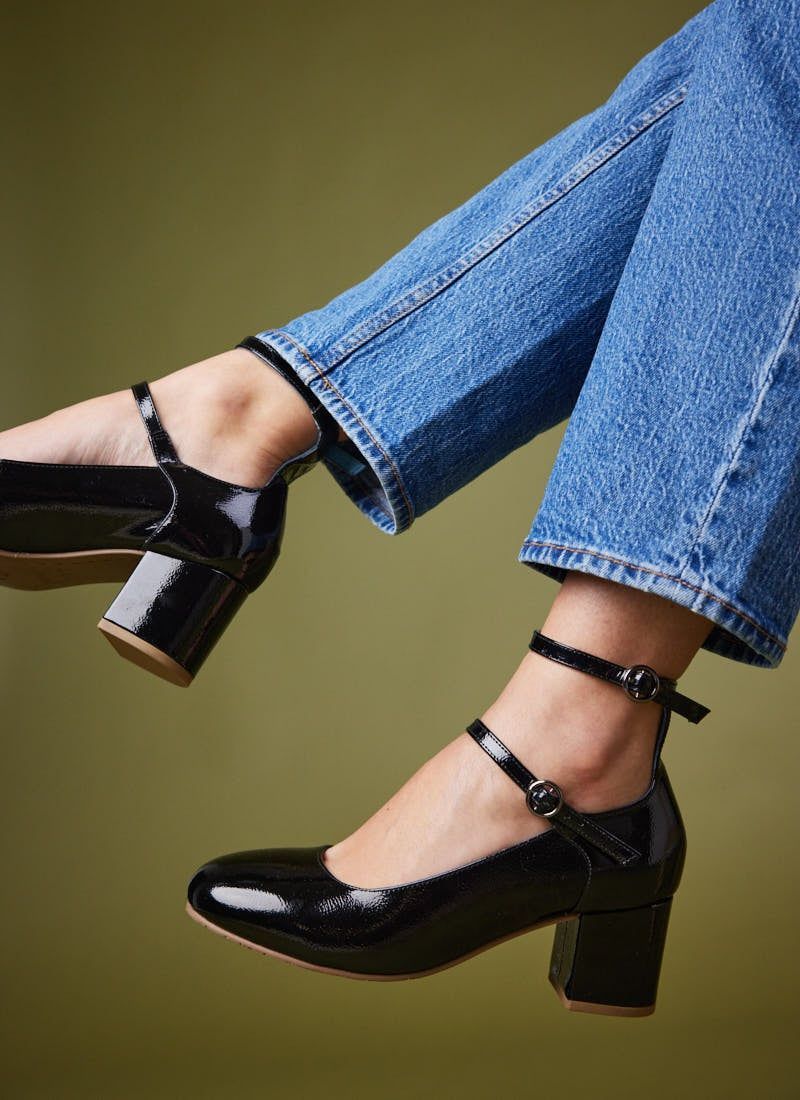Post Title
Ingrown toenails are a common foot issue that can cause pain, swelling, and even infection if not treated properly. Whether you're dealing with one for the first time or looking to prevent future problems, understanding how they develop and how to care for them can make a big difference.
What Is an Ingrown Toenail?
An ingrown toenail occurs when the edge of your toenail grows into the surrounding skin instead of over it. This usually affects the big toe but can happen to any toenail. The result is often redness, pain, and sometimes infection.
Common Causes of Ingrown Toenails
Several factors can contribute to the development of an ingrown toenail, including:
- Improper Nail Trimming: Cutting nails too short or rounding the corners can encourage the nail to grow into the skin.
- Tight Footwear: Shoes that squeeze the toes can put pressure on the nails, forcing them into the skin.
- Injury: Stubbing your toe or other trauma can lead to nail growth problems.
- Genetics: Some people inherit the tendency for curved or thick nails.
- Poor Foot Hygiene: Not keeping feet clean and dry can lead to nail issues, including ingrown toenails.
Signs and Symptoms
- Tenderness or pain along one or both sides of the toenail
- Redness and swelling around the nail
- Pus or other signs of infection
- Warmth around the toe
If symptoms worsen or don’t improve, medical attention may be necessary.
How to Care for an Ingrown Toenail
Mild cases of ingrown toenails can often be managed at home with proper care.
1. Soak Your Foot
Soaking the foot in warm water for 15–20 minutes, 2–3 times a day, helps reduce swelling and softens the nail and skin.
Optional: Add Epsom salt to the water for extra relief.
2. Gently Lift the Nail
After soaking, try to gently lift the edge of the nail using a clean piece of cotton or dental floss. This can help separate the nail from the skin and guide proper growth. Change the cotton/floss daily.
3. Apply Antibiotic Ointment
Use an over-the-counter antibiotic cream to prevent infection. Cover the toe with a sterile bandage after applying.
4. Wear Comfortable Shoes
Choose open-toed or loose-fitting shoes to avoid putting pressure on the toenail while it heals.
5. Avoid Cutting the Nail Further
Trimming the nail might seem helpful, but cutting it too short can make the problem worse. Let it grow out a bit before reshaping it carefully.
You should consult a healthcare provider if:
- The ingrown toenail shows signs of infection (pus, redness, increased pain)
- You have diabetes or poor circulation
- Home treatment doesn't improve the condition in a few days
- You experience recurring ingrown toenails
A doctor might perform a minor procedure to remove part of the nail or prescribe antibiotics if there’s an infection.
Preventing Ingrown Toenails
- Trim Nails Properly: Cut straight across, not too short, and avoid rounding the edges.
- Wear Proper Footwear: Make sure your shoes fit well and provide enough room for your toes.
- Keep Feet Clean and Dry: Good foot hygiene can prevent a variety of nail problems.
- Protect Your Feet: Be cautious during sports and other activities that might cause toe injury.
Ingrown toenails can be painful, but with the right care and attention, most cases resolve without complications. By understanding what causes them and how to treat and prevent them, you can keep your feet healthy and pain-free. If you're ever unsure or dealing with persistent symptoms, don’t hesitate to seek professional care.
